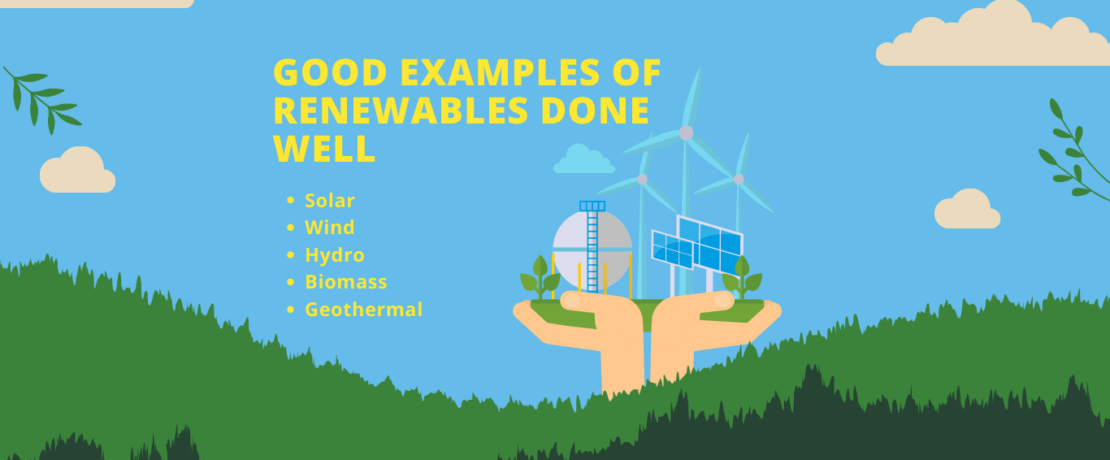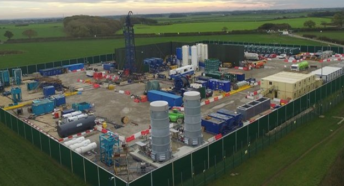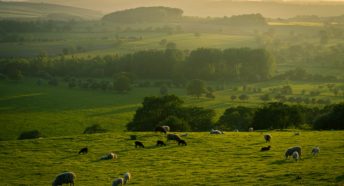Inspiring Positive Change through Responsible Energy Initiative
At CPRENEY, our mission is steadfast and clear: we are unwavering advocates for renewable energy projects that exist in perfect harmony with our communities, beloved landscapes, and the rich tapestry of our rural heritage.
We wholeheartedly acknowledge that the climate emergency stands as the single most significant threat to our countryside today. Whether seen as flooded agricultural land or the heart-wrenching loss of precious wildlife and landscapes, taking immediate action to cut carbon emissions is crucial to safeguard rural life.
The climate emergency is an immense challenge that confronts our countryside. Our heavy reliance on fossil fuels for our daily energy consumption only accelerates global warming. This, in turn, results in the unsettling disruption of seasons, catastrophic floods, rampant wildfires, and the bleak prospect of wildlife teetering on the brink of extinction.
Our conviction remains unyielding: a proactive approach is the essential compass to guide rural communities toward a substantial reliance on renewable energy sources like solar and wind. Embracing renewable energy translates into expanding these projects across the countryside, seamlessly weaving them into our historic towns and villages.
We deeply comprehend the profound importance of local landscapes to rural communities, recognising that the countryside holds an equal significance for people across our great nation.
Our primary goal is to illuminate and celebrate responsible, meticulously planned renewable energy initiatives throughout North and East Yorkshire. We cordially invite you to share your photos and tag us in your posts so that we may illuminate these inspiring examples and kindle the flames of inspiration in others.
We, CPRENEY are looking for a wide range of examples, including (but not limited to): new housing incorporating sustainable designs as standard solar panels, air-sourced heat pumps, to community-led energy developments, to large-scale commercial buildings or agricultural buildings with roof-mounted solar panels, to wind turbines powering a farm or local business.
By actively participating in this discourse and using the hashtag #cpreneyrenewablesdonewell, you can be a vital contributor to a constructive impact on our environment. Together, let us labour tirelessly towards a future that is both sustainable and harmonious.
We are committed to showcasing all exemplary instances of renewables done well on our website to provide inspiration for all those who visit.
Here renewable energy initiatives done well:
- Howsham Mill: Howsham Mill effectively utilises a flowing river’s power to generate hydro-electricity. It does so by converting the gravitational energy of water falling over a weir into electrical energy. This is achieved through the restoration of a waterwheel and the installation of Archimedes Screw turbines. Operational since 2007, the mill can produce a maximum of around 55 kW, enough to meet the energy demands of approximately 100 households. The surplus electricity is exported to the National Grid, and the income generated supports the project’s running costs.
- Bonfield Ghyll Farm: This example demonstrates how green energy can address the practical energy needs of a remote family in the North York Moors. Trudy and David Sanderson, managing a farm owned by the National Trust, faced challenges due to their distance from the mains electricity supply. To overcome this, they adopted Archimedean Screw technology, which generates electricity by harnessing flowing water. With support from the North York Moors National Park Authority’s Sustainable Development Fund and the National Trust, they installed a screw turbine. This solution produces 300-400 watts per hour and maintains a continuous supply of 240 volts of alternating current through batteries and an inverter. Though electricity usage is limited to three kilowatts at a time, it has significantly improved their quality of life, allowing them to use household appliances efficiently and economically. This shift to green energy not only saves them about £2,500 per year in fuel costs but also contributes to environmental conservation by reducing carbon emissions by approximately one tonne annually.









